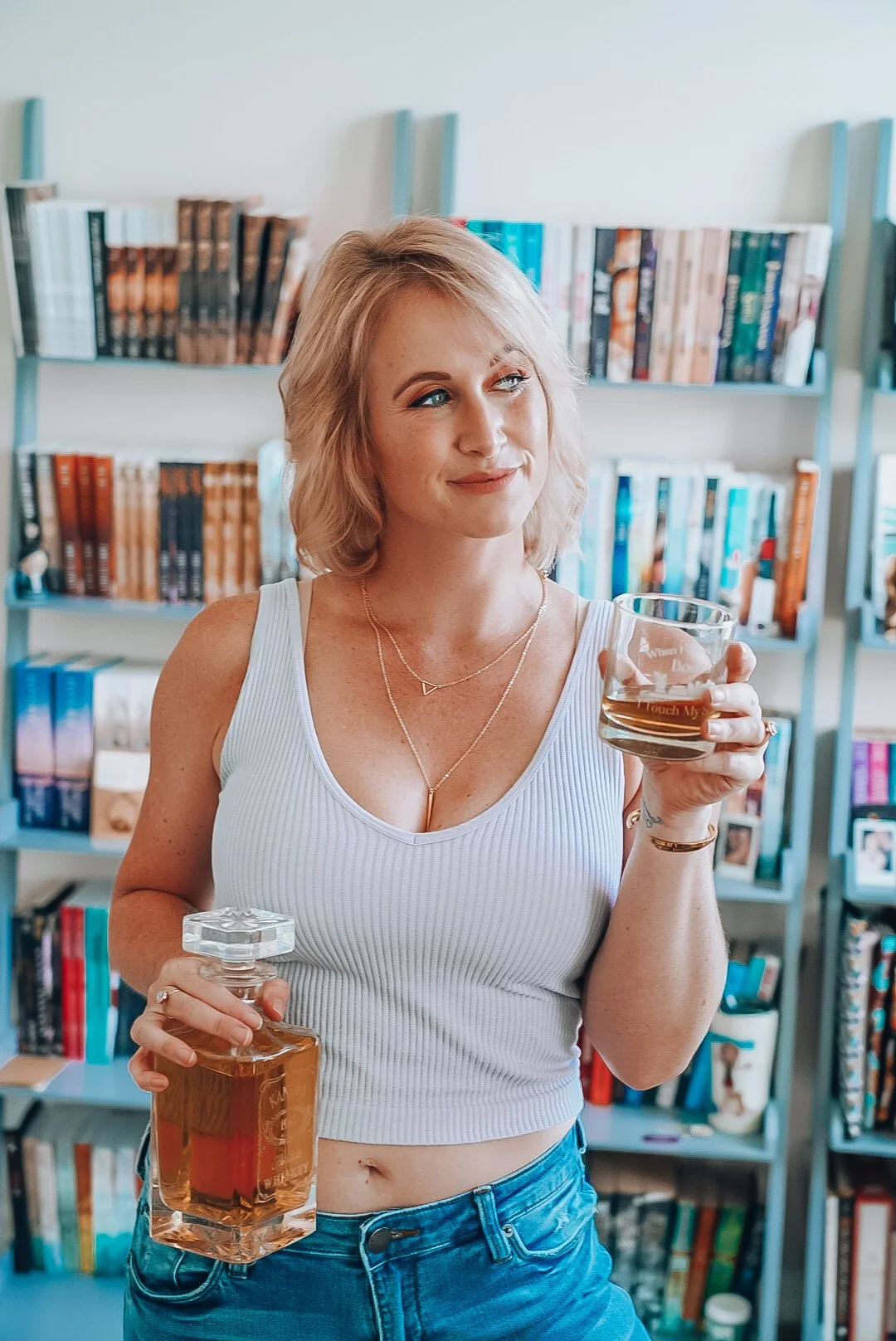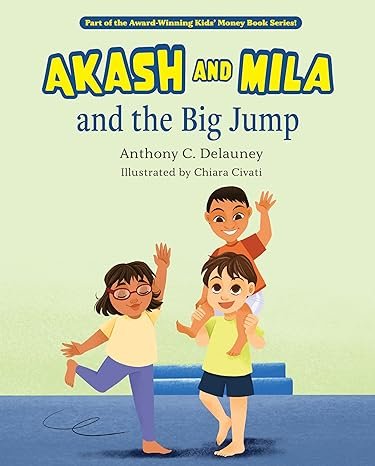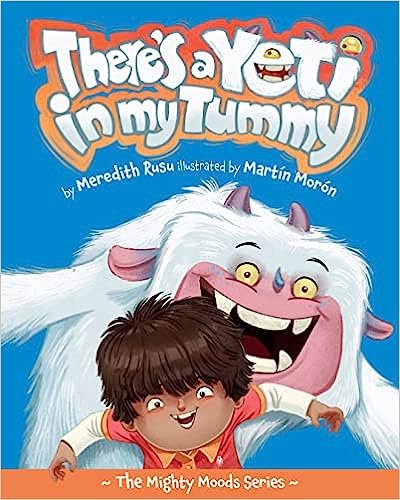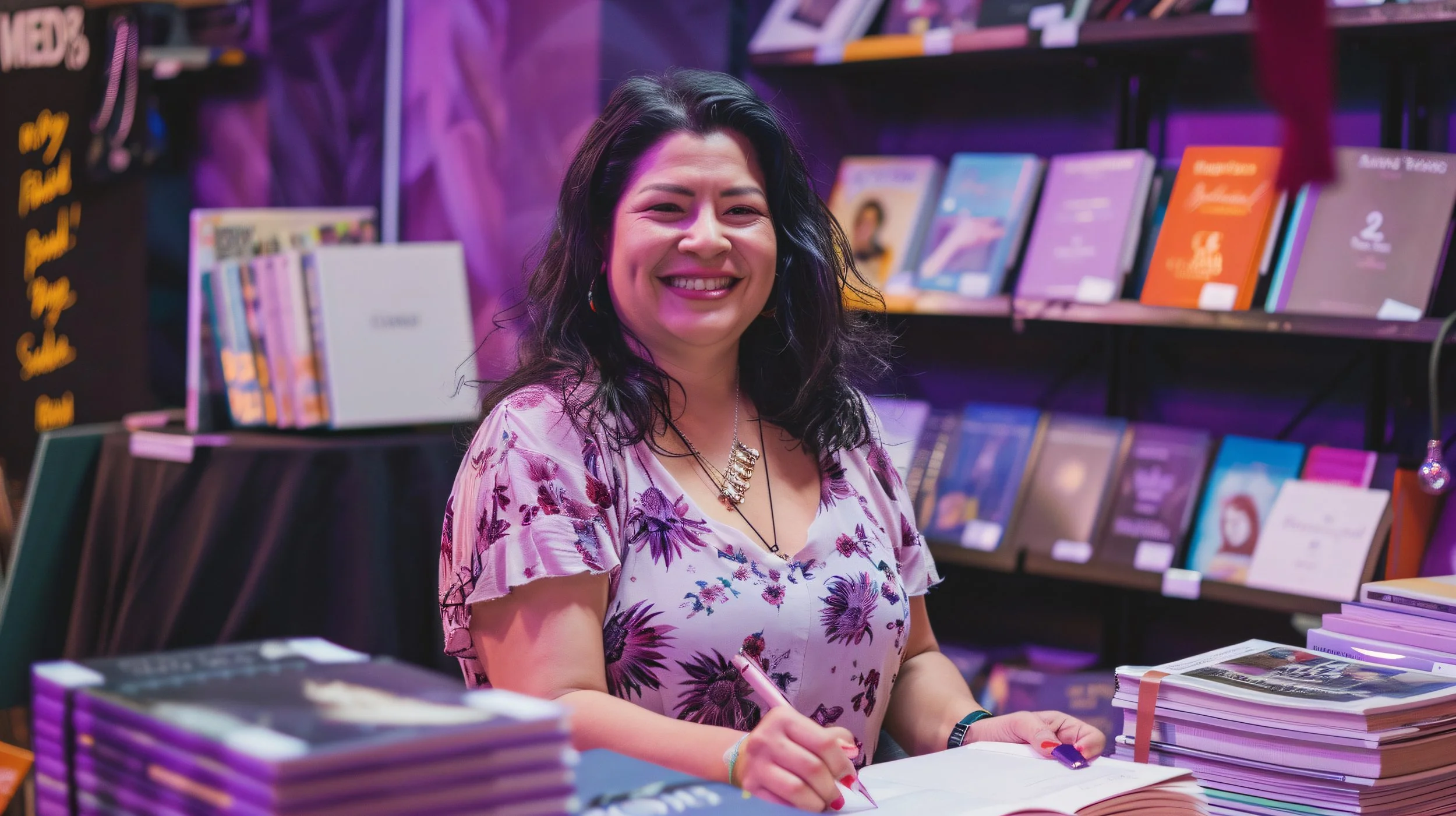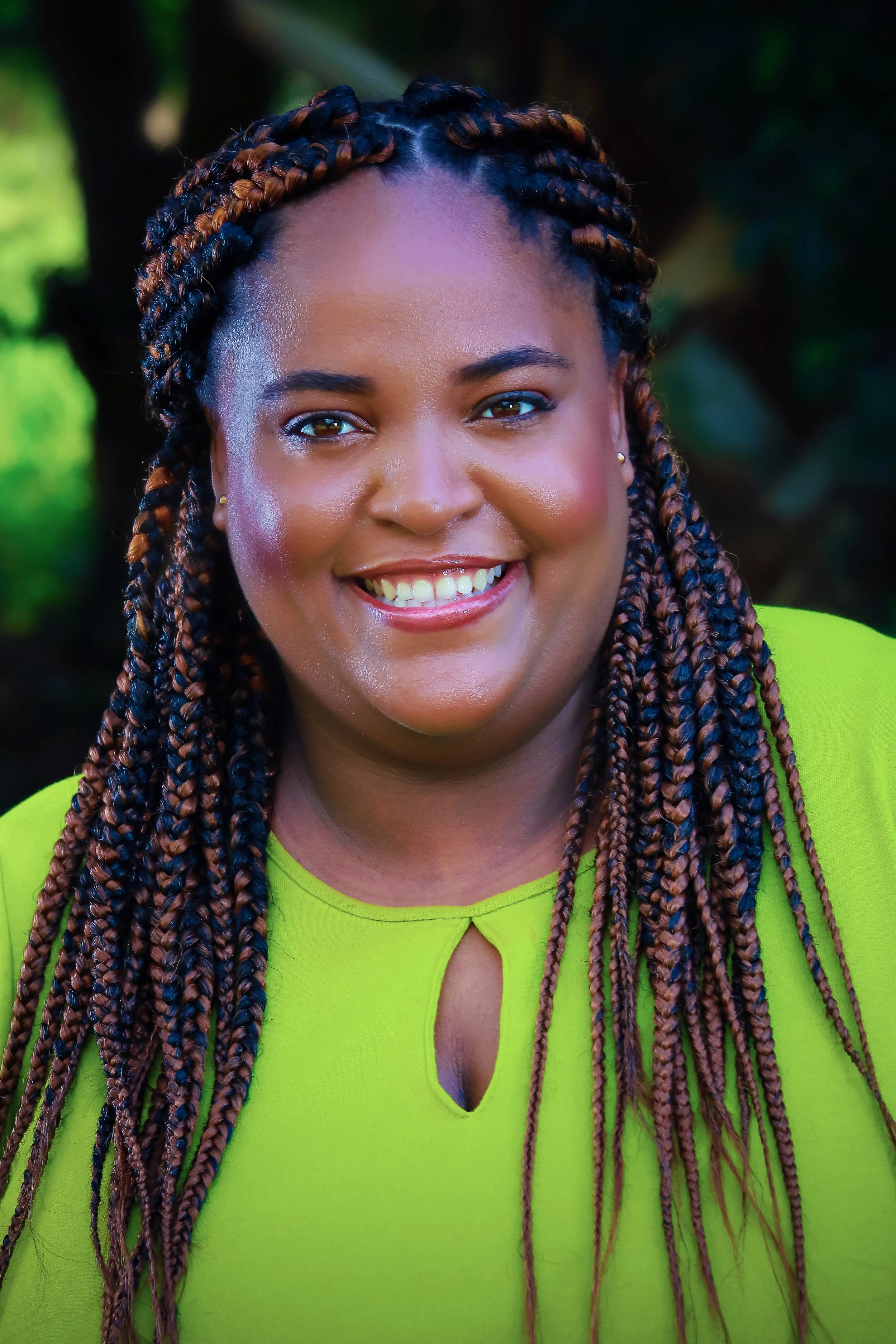Learning Together: 4 Fun At-Home Activities For Building Life Skills by Kat Kronenberg, award-winning author of The Live Big Trilogy
/Albert Einstein says, "Look deep into nature, and then you will understand everything better."
My favorite natural fact is that we are all made of “star-stuff.” It lives above us, around us, and within us all. It is from the beginning of time with the power to overcome darkness of any kind! Just think about that for a moment: we are all made of stardust. I play on this fun truth in my books, The Live Big Trilogy, and use our beautiful world as a mirror to show us our lives, our choices, and the ways we relate to one another.
These books are ones that I needed as a little girl. Books can help lay an emotional and social foundation so that when life gets dark or scary, children have the tools to find the light. We can do that at home, now, together.
While we are all stuck in quarantine, let's have some fun with our hearts made of stars and the fact that every one of us is precious! Here are four fun and easy activities to make the most of this uncertain time, along with fascinating scientific facts to accompany them:
1. CREATE YOUR CATCH-M (YOUR SMILE!)
In my Live Big Trilogy, CATCH-M is the name the African animals have given a smile and the power it has to change our day and make it better all along the way. So take this time to get to know your smile: draw it on paper, socks, shirts, or your thumbs for thumbs-up-fun with CATCH-M. The possibilities are endless!
Draw your CATCH-M on the sidewalk for neighbors to enjoy, put it in your mailbox to encourage your mailman, send it to health care folks with an encouraging note, or even to your amazing teachers.
You can send your CATCH-M on an adventure by mailing your CATCH-M to a loved one and having them mail your CATCH-M on to the next person. Then create a map to keep track of all the places your CATCH-M went and all the friends it got to meet and make happy. You can make a CATCH-M filled mural, where you put everyone's CATCH-M’s together, either at home with your family, or do a project with your class to create when you all can come together again.
The point of spending time together with our S.M.I.L.E. is it’s a way to See Miracles In Life Every day.
(Science: Stars, for the most part, are simply two hydrogen atoms fusing to make helium. In my Trilogy, our smiles are how we invite the hydrogen atom either above us, around us, or within us to come party with the star stuff in our heart, the second hydrogen atom. We have a heart full of these brilliant treasures just waiting to light up our lives. So use your smile to build fortune-filled treasure chests for all! :)
2. CELEBRATE THE 3 G'S - GOALS, GRATITUDES, & GIFTS
To learn to live our best lives like the animals in my Trilogy, we can take this time to get to know ourselves better. Each of us was born extraordinary, with gifts only we have to share with the world. You are the only you who will ever be. We are all kings and queens meant to lead and share our gifts with the world.
So take time every day to get to know you. In the morning, set a Goal, to know all your different smiles, to learn something new, play a new game, try a different skill, read a new book… the list goes on! To make it fun and find success on your Goal Quest, we need to use the other G's too.
The next G is Gratitude. Grab a box, a can, or another container (we made a "Love Can" out of an old can of beans that we decorated). At the start of every day, fill it with a card that you write with your child about what your family is grateful for and your child’s goal for the day. Aesop said, "Gratitude turns what we have into enough." Gratitude is our reminder to never strive from a place of fear, need, or want.
The next G is Giving. Each night, fill the container you created with another gratitude. Help your child identify their best individual act of giving for that day, and your family's best gift to the world for that day. There is a gift in giving, a fullness of heart experienced.
3. THROW AN ABUNDANCE CELEBRATION
There is nothing better than a party to build connection, communication, and cooperation – three things that we can all use more of right now! For your celebration, first have your family create a Coat of Arms, which is a fancy term for your family's symbol that represents who you are, what you like, where you live, etc. Get the kids involved in creating this!
Add your Coat of Arms to homemade crowns (any type will do!) to remind your children that they are the only them there will ever be. You are a King! A Queen! You are extraordinary, full of possibilities. You can also add them to capes (try a shirt tied around your neck or a ripped up old sheet) to remind children that one person can change the world – and it can be them.
During the party, everyone can decorate the 3 G box, make drums, pom-poms, write songs, create riddles, write encouraging notes, or play games like:
1. Dung Beetle's "What Do You Do With A Do-Do Dilemma Game"
(Science: Dung Beetles are born in doodoo, and instead of complaining, they "do good" and have fun making balls out of the poop. As a result, they become leaders, heroes of the savanna because they fertilize the grass so the animals can eat).
This game is like Duck, Duck Goose, but you play with different key phrases. Instead of "Duck," you say "You Can." Instead of "Goose," you say, "Do Good!"
2. Kudu's "No Bad Buts Game"
(Science: Kudus are born with nothing on their heads, but as they mature, they grow two fabulous twisting horns that represent the good choices they made when faced with hard twists in fate.)
This game is like Simon Says, but you play with different key phrases. When the leader playing Simon says the phrase, "YES, I can… stand! YES! I can sit," everyone should follow. If Simon says, Yeah, but I can't… stand. Yeah, but I can't sit." The people who follow these instructions are out. This game builds confidence in kids while having fun.
3. The Honey Bee's "A-Bun-Dance Game"
(Science: Honey Bees show us abundance is an attitude as they shake their booties in gratitude. They dance to celebrate life, create connection, and communicate so they can work hard together to build a home filled with a "sweet" treat called honey. Their booty dance create maps to tell their hive, where to find flowers to collect nectar to make honey.
Honey Bees are vital to our world's survival. I think it is because they celebrate ABUNDANCE together every day. So let's play “The A-Bun-Dance Game" to fill our homes with "sweet" memories, not fear or misery! To play wear capes, crowns, fun clothes, pound drums, shake pom-poms, sing songs, and get as silly as possible with your booty-shaking “a-bun-dance.” Make drum circles, choreograph a family dance, and to end the game come together and shout out, "Our lives are full of A-BUN-DANCE!" We can't help but laugh and remember that abundance is a choice and a gift.
4. WRITE STORIES: CIRCLE UP AND SHARE
At your family party, circle up and share stories. There is no right or wrong way to do it: You can use a pen and paper with words, you can tell your story with drawings, sons, dance, a musical instrument, or by acting it out.
Next try telling Mythological Fables, origin stories with a takeaway. Have everyone pick their favorite animal and research the animal to find out as much information about them as possible: where it lives, what it eats, its qualities, characteristics, social etiquette, and more. Then create the story of how and why the first animal of its kind came to live its best life. You can use the framework of The Hero's Journey in the “Learn” Section of my website or write it any way you choose.
For the last round of writing or storytelling, you can also tell your Memoir Backwards. Walt Disney says, "First, think. Second, dream. Third, believe. And finally, dare." If we take time to think about and write out our best life, who knows what great things we can accomplish – especially if we share our dreams so that others can help us along the way. I know I would not be writing this without having dared to share my dream with my family.
Home is a place where we can learn to light our heart stars, lay a strong foundation to help us live our best lives together, make some great memories along the way together while we’re in quarantine. For more fun activities, educational worksheets, writing exercises, fascinating scientific facts and more, visit www.katkronenberg.com.
Kat Kronenberg’s life story and ability to inspire audiences has positioned her as a coveted keynote speaker, presenter at schools, and Austin Business Journal’s Profile in Power Winner, Central Texas Women of Influence. She is also a Mom’s Gold Choice Award Winner, Family Choice Winner, Writer’s League of Texas Discovery Prize Winner living in Austin, Texas.
THINK BIG (Greenleaf Book Group) is now available for preorder from Amazon, Book People, and booksellers nationwide, and will officially be available for purchase on May 12, 2020. Part of the proceeds from the book will support WE, Grameen America, and teachers who want to bring classroom dreams to life via Donors Choose.
Kronenberg is available for virtual speaking opportunities. More information can be found at www.katkronenberg.com, Facebook, Twitter, Instagram, LinkedIn, and YouTube.



















